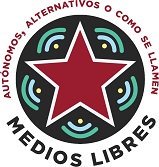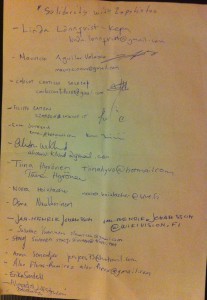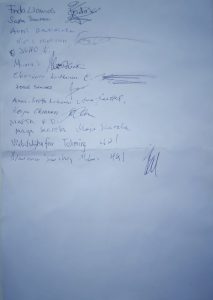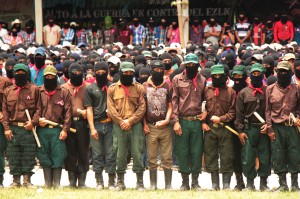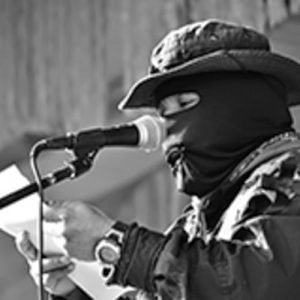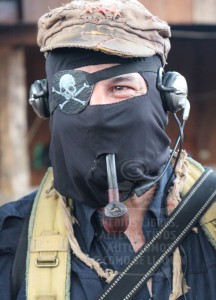
paramilitares
Nosotrxs ya triunfamos.- el legado de la revolución Zapatista y análisis de las tácticas de contrainsurgencia en Chiapas
Éste 26 de Mayo, en el cierre del seminario “Teoría y práctica del Neozapatismo”, Carlos Aguirre Rojas ofreció una evaluación del encuentro de fuerzas entre el México rebelde y digno, el México Zapatista, y el priismo, ese que regresó con el sueño aburdo y homicida de quedarse otros 70 años en el poder. En la evaluación de Aguirre el zapatismo ya ganó toda vez que “lo adquirido, lo legado a todas las luchas anti-sistémicas del planeta es tan grande que ya triunfamos”. Ese mismo día Martín Álvarez, estudioso de la Insurgencia Zapatista, realizó un recorrido por las estrategias militares, políticas y culturales contrainsugentes ejercidas en Chiapas durante los últimos 20 años. A continuación las palabras de ambos:
(Descarga aquí) Aunque perdieramos ya ganamos. Charla con Carlos Aguirre Rojas en el cierre del seminario “Teoría y práctica del Neozapatismo” . Duración: 10 min.
(Descarga aquí) Contrainsurgencia en Chiapas ayer y hoy. Conferencia completa de Martín Álvarez en el cierre del seminario “Teoría y práctica del Neozapatismo”. Duración: 53 min.
Evaluación de Carlos Aguirre Rojas:
Homenaje al maestro Galeano: Transmisión por Radio Insurgente
Bajo el sol de mayo se escucha la voz de los sin voz, la Radio Insurgente, acá, la grabación austera del programa transmitido el sábado 24 de mayo de 2014… con dos rolitas metidas de contrabando…
(Descarga aquí)To see the images that accompany the audio, click here.
See also:
